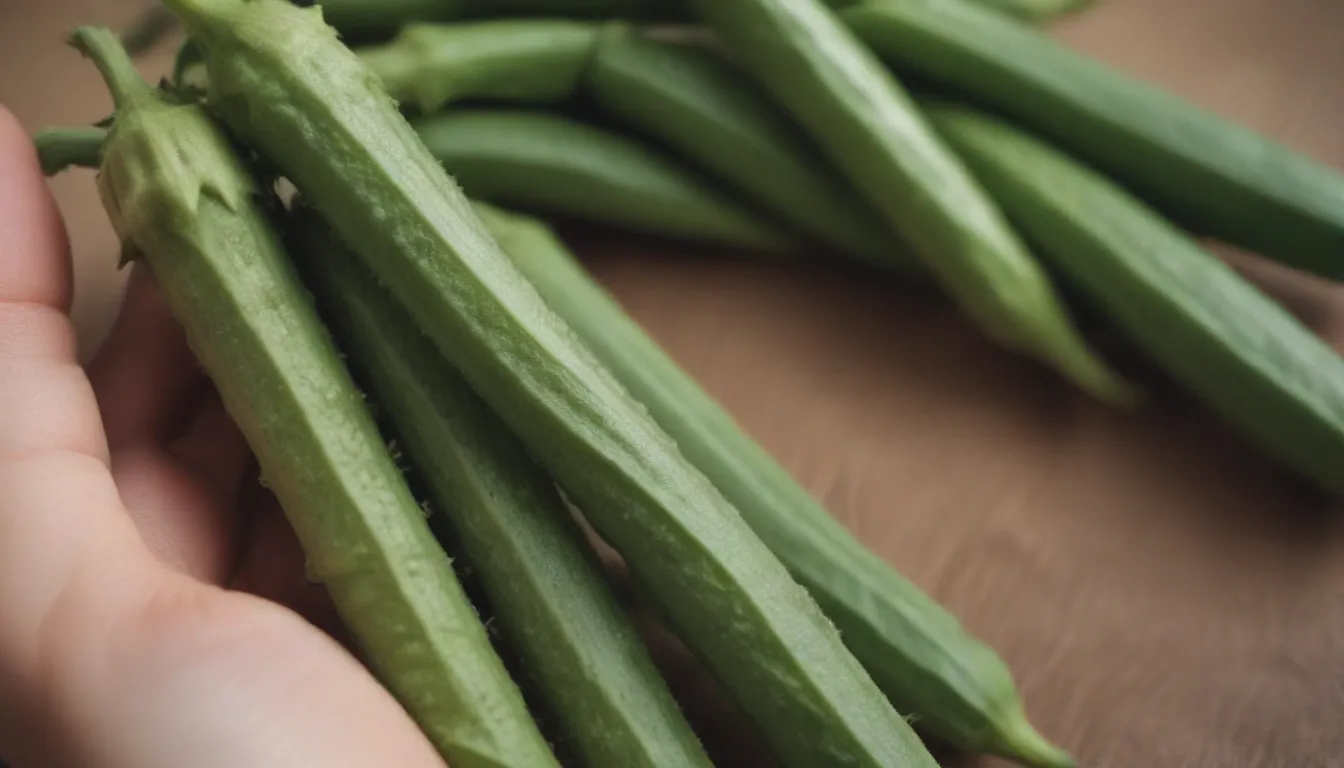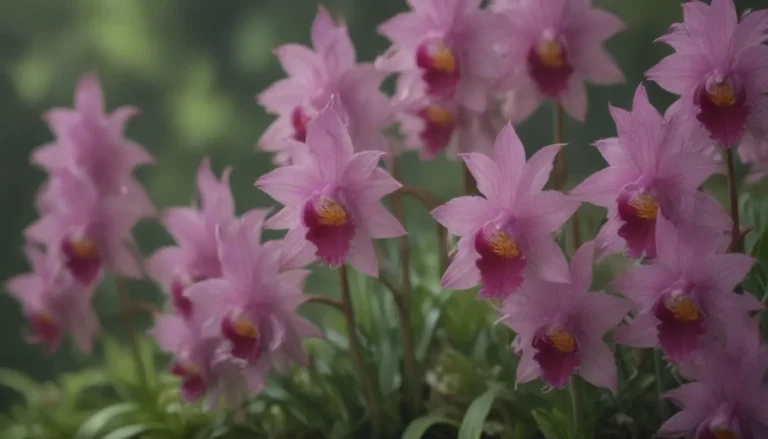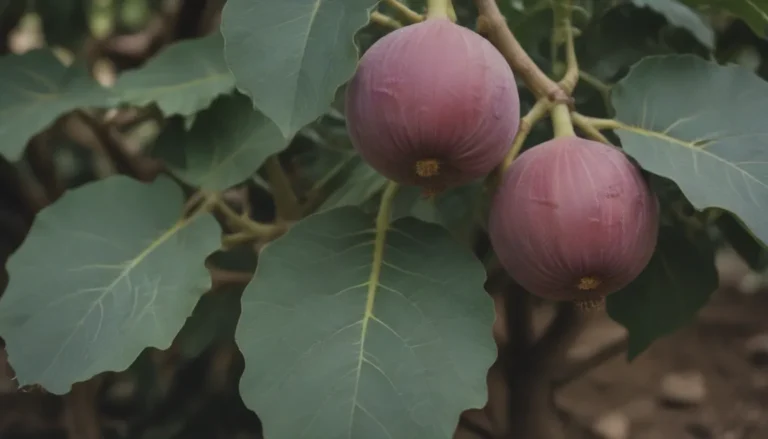How to Grow and Care for Okra: A Comprehensive Guide

Okra is a versatile and nutritious vegetable that is easy to grow and care for. Whether you’re a seasoned gardener or just starting out, cultivating okra in your garden can be a rewarding experience. From planting to harvesting, this guide will provide you with all the information you need to successfully grow and care for okra plants.
Understanding Okra
Okra, also known as Abelmoschus esculentus, is grown for its edible seed pods. This perennial plant is native to dry tropical regions and has an upright, branching growth habit. The adult plant can reach heights of 6 to 8 feet and produces yellow or white flowers with purplish centers. The elongated seed pods, which can grow up to 7 inches long, contain white seeds that are enclosed in a pentagon-shaped chambered structure. The slimy mucilage found in okra pods makes them ideal for thickening stews and soups.
How to Plant Okra
Getting started with planting okra is simple if you follow these basic steps:
When to Plant
Okra is typically planted in the spring when soil temperatures reach 65 to 70 degrees Fahrenheit. In regions with shorter growing seasons, you can start okra seeds indoors in biodegradable pots three to four weeks before the last projected frost date. Wait until the weather is reliably warm before planting okra outdoors, about two weeks after the last projected frost date.
Selecting a Planting Site
Choose a sunny location for your okra plants, with at least 6 to 8 hours of sunlight per day. The soil should be fertile, moist, and well-drained.
Spacing, Depth, and Support
Plant okra seeds or seedlings in well-prepared soil at a depth of 1 inch. Space the plants 12 to 18 inches apart in rows that are 3 feet apart. Okra plants may benefit from staking or trellising for support as they grow.
Okra Care
Okra is a low-maintenance plant that thrives in the right conditions. Here are some tips for caring for your okra plants:
Light
Plant your okra in full sun to promote strong growth and abundant pod production. Aim for at least six hours of direct sunlight per day.
Soil
Okra prefers rich, well-draining soil with a slightly acidic pH between 6.0 and 6.8. Avoid planting okra in heavy, soggy soil.
Water
Keep the soil evenly moist for young okra plants, but avoid over-watering. Once established, okra can tolerate brief dry spells but performs best with about an inch of water per week.
Temperature and Humidity
Okra thrives in hot climates with temperatures above 80 degrees Fahrenheit. The plants are resilient in dry conditions but can also grow well in humid environments.
Fertilizer
Okra grown in nutrient-rich soil may not require additional fertilizer. However, side dressing with composted manure or foliage feeding with a seaweed/fish fertilizer can provide extra nutrients for optimal growth.
Pollination
Okra plants are self-pollinating, so you can harvest pods with just one plant. Pollinating insects are not necessary for fruit production.
Types of Okra
When selecting an okra variety for your garden, consider choosing a spineless variety for easier harvesting. Some popular okra varieties include:
- ‘Annie Oakley’
- Burgundy
- ‘Clemson Spineless’
- Emerald
- ‘White Velvet’
Harvesting Okra
Okra pods are ready for harvest about 50 to 60 days after planting, once the flowers have bloomed. For the best flavor and texture, pick the pods when they are 2 to 4 inches long and as wide as a pinkie finger. Regular harvesting encourages the plant to produce more pods throughout the season. Okra pods can be stored in the refrigerator for up to a week or preserved through freezing, canning, or pickling.
How to Grow Okra in Pots
If you have limited garden space, you can grow okra in containers. Here’s how to do it:
- Choose a large container that is at least a foot deep with good drainage.
- Use a quality organic potting mix and keep the soil lightly moist.
- Select a smaller okra variety for container growth.
- Place the container in a sunny location and ensure proper watering and care.
Pruning
In areas with long growing seasons, pruning okra plants can encourage additional pod production. When the fruit production starts to decline, cut the plants back to stimulate new growth. Fertilize the plants with a nitrogen- and potassium-rich fertilizer to support their development.
Propagating Okra
If you are growing an heirloom variety of okra, you can propagate the plants by harvesting and saving the seeds for the following season. Store the seeds in a cool, dry place over the winter and plant them in the spring to grow new okra plants.
How to Grow Okra From Seed
Okra seeds can be directly sown in the garden or started indoors and transplanted. Make sure to follow the planting instructions and provide adequate moisture for germination. Starting seedlings in biodegradable pots can minimize root disturbance when transplanting.
Common Pests & Diseases
Okra is generally resistant to pests and diseases, but some common issues include aphids, beetles, caterpillars, and fungal diseases. Monitor your plants regularly and take action to control any infestations before they become a problem. Avoid planting okra in cold, damp soil to prevent diseases like verticillium wilt or fusarium wilt.
In conclusion, growing and caring for okra can be a rewarding experience for gardeners of all skill levels. By following the tips and guidelines provided in this comprehensive guide, you can cultivate healthy and productive okra plants in your garden. Whether you’re harvesting fresh pods for cooking or saving seeds for future planting, okra is a versatile and delicious addition to any home garden. Remember to provide proper sunlight, soil, water, and care to ensure the success of your okra plants. Happy gardening!





